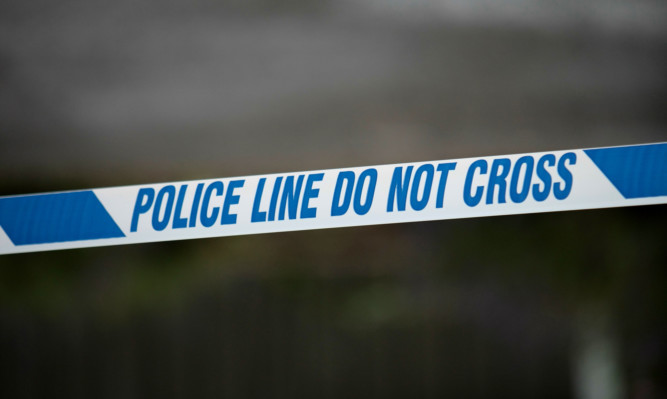More than half of the violent crimes committed in Scotland in 2014/15 were not reported to police, a survey has estimated.
The Scottish Crime and Justice Survey (SCJS) estimates there were 688,000 crimes against adults living in private households, with 502,000 of these property crimes and 186,000 violent crimes.
It calculated only 38% of these crimes were reported to police, with 44% of violent crimes and 36% of property crimes reported.
The survey found that overall, the most common reasons for non-reporting were that the victim felt the police could not have done anything (36%) or that the incident was too trivial or not worth reporting (32%).
The 2014/15 survey – which does not take all crime into account – is based on around 11,500 face-to-face interviews with adults living in private households in Scotland.
Its results are estimates and not precise figures.
The survey also found the estimated number of crimes had fallen since the 2012/13 report, dropping from 815,000 to 688,000.
It found around 85% of adults experienced no crime in 2014/15.
Between 2012/13 and 2014/15, the risk of crime was unchanged in the most deprived areas, while elsewhere the risk fell from 16.1% to 13.4%.
The survey also includes figures on confidence in policing for the first time since Police Scotland was established.
A total of 58% said the police were doing a good or excellent job in their local area, down slightly from 61% in 2012/13.
Meanwhile, 70% of people had confidence in the police to investigate incidents, down from 72% in 2012/13, and 66% had confidence in police to deal with incidents, down from 69%.
A further 64% had confidence in the police to respond quickly, down from 66%.
Justice Secretary Michael Matheson said: “It is extremely encouraging to see that the risk of becoming a victim of crime in Scotland continues to fall.
“The figures published today show that our approach to justice in Scotland is working, crime is down, people feel safer and the likelihood of becoming a victim continues to fall.
“We will not be complacent though. This Government remains committed to doing all it can to protect the people of Scotland and work towards safer communities for all.”
Police Scotland Deputy Chief Constable Rose Fitzpatrick said: “Local policing in communities across Scotland is at the heart of everything we do and it is really encouraging to see in the Scottish Crime and Justice Survey published today the continuing reduction in the number of crimes and the number of victims of crime in those communities.
“It is also good to see that public confidence in policing remains strong.
“We are constantly working to improve our service to the public and we will look carefully at the detailed results and local variations of today’s survey to make sure we are doing everything we can to continue to address local priorities and issues for every community in Scotland.”
